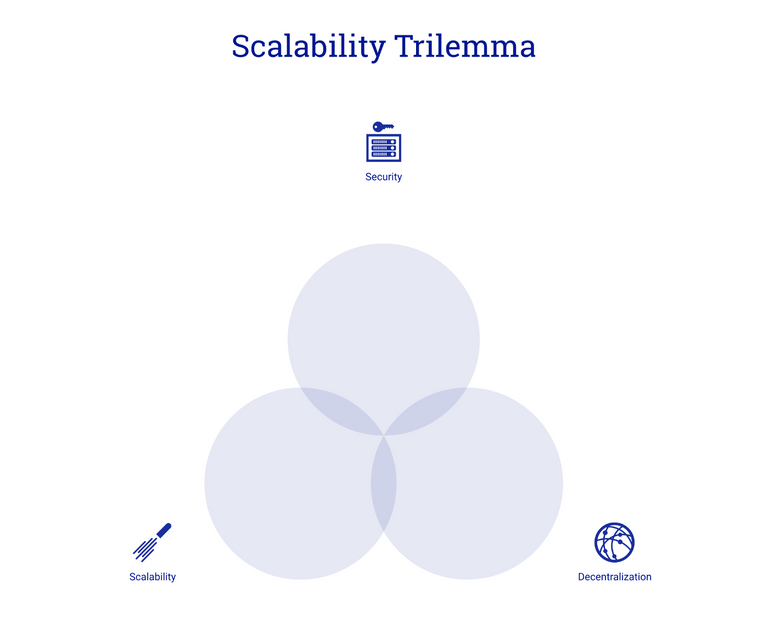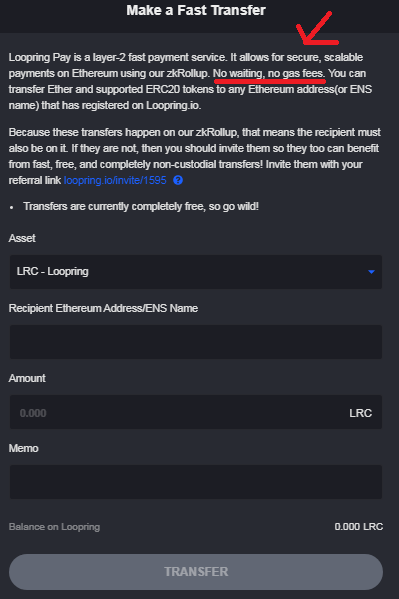"There are two dilemmas that rattle the human skull: How do you hang on to someone who won't stay? And how do you get rid of someone who won't go?" - Danny DeVito
Daniel Michael DeVito Jr. or Danny DeVito is an American actor. The above-mentioned quote is from the 1989 movie “The War of the Roses”. In a dilemma, it is very difficult to choose between two alternatives. Oh! We all know this. We can’t get rid of various dilemmas in our life but Ethereum cofounder Vitalik Buterin introduced a concept called ‘scalability trilemma’. It is understood that a blockchain needs to be scalable. But to make a blockchain scalable, we can’t compromise with decentralization and security. The trilemma depicts that it is impossible to achieve perfection for a blockchain in these three parameters altogether– scalability, decentralization and security. A blockchain needs to be censorship-resistant and should not allow intervention of centralized power. It is important for a blockchain to be permissionless. A blockchain needs to be immutable also. It needs to resist attacks like 51%. All these are very basic criteria to operate a transparent, safe blockchain. Then comes scalability! Ethereum was envisioned as the ‘world computer’. It gave birth to smart contracts and decentralized applications. The number of transactions over the Ethereum network also grew rapidly along with time. The recent DeFi boom has pushed Ethereum transactions towards a very high threshold. Ethereum has reinvented its applications continuously. Once Ether was the fundraising medium for ICOs. Now, DeFi is the most happening application. Change is the only constant in this world. The scalability debate of Ethereum is not solved yet. Ethereum needs to handle more and more transactions now and it needs to match the throughput of Visa, Paypal and Amazon. Can such scalability be achieved in the base layer? Quite difficult!

Image Source – Blockchain scalability trilemma
Layer 2 scaling solutions of Ethereum
Ethereum 2.0 is going to address a lot of issues regarding the base layer scalability but we need layer 2 solutions to make Ethereum scalable without sacrificing security and decentralization. Layer 2 scaling solutions are the future. Layer 2 solutions are off-chain solutions. Plasma is a side-chain solution which creates side-chains and bonds it with the main chain. It takes away many transactions from the main chain just like Lightning Network of Bitcoin. Vitalik Buterin himself proposed Plasma in 2017 but the construction scalability method of Plasma has serious flaws which prevent further scalability.
ZK-Rollup is more user friendly and less resource-intensive. ZK-Rollup is a layer 2 construction methodology to increase scalability through processing multiple transfers rolled into a single transaction. Plasma can create only one transaction per transfer but ZK-Rollup’s advantage lies in bundling so many transfers into a single transaction. A smart contract verifies all transfers bundled into a single transaction. It also uses ‘zero knowledge proof’ approach to record the validity of the block on the Ethereum blockchain. The amount of data held in a transaction gets reduced drastically and it saves resources. Why am I talking about ZK-Rollup so much? There are so many Ethereum layer 2 scaling solutions and really amazing progress is being made. This is the comparison of different layer 2 scaling solutions of Etherereum blockchain:

Image Source – Ethereum Layer 2 scaling solutions comparison
Loopring Pay - a powerhouse
Loopring protocol uses ZK-Rollup. Post Istanbul hard fork, Ethereum’s TPS has improved but still, it can’t handle many transactions. Loopring’s ZK-Rollup has a maximum throughput of 2K TPS on ETH 1.0. On proposed ETH 2.0, the max throughput is going to be rocking 20K+ TPS. Plasma solutions like OMG, Matic look pale in comparison with Loopring. A Validium protocol like StarkEx looks cool but it does not seem to be very safe. Loopring protocol is also very capital efficient and it allows flexible smart contracts. While withdrawal time is almost 1 week for Plasma or Optimistic Rollups, Loopring has 1-10 minutes withdrawal time. Well, it looks good.
Loopring recently launched its DEX. The DEX works fine and it takes care of your privacy. I recently wrote a review of their DEX and you can read it here. Loopring protocol builds high performance, non-custodial, order book based exchanges on Ethereum. If you have traded in traditional Ethereum DEXs, you’ll definitely find Loopring impressive. Loopring pay is the layer 2 payment system on Ethereum. With help of this, you can transfer Ethereum or ERC tokens to any Ethereum address (or ENS name) on Loopring.io. It is gas-free and instant. The transactions happen on their ZK-Rollup, so the recipient must be on that too.

Gas free Ethereum layer 2 transfer UI of Loopring Pay at present- Screenshot from Loopring DEX
The above-mentioned screenshot was taken from Loopring DEX. Ethereum DAPPs are often clumsy. Even I wonder what stops the Ethereum developers to make better-looking user interfaces! Loopring recently funded a Gitcoin bounty for creating a UI for Looppring Pay so that the gas-free transfer functionality doesn’t look like an afterthought on the DEX UI. Oh! I like it. Do you?

Image Source – A sneak-peak of gas-free Loopring ‘gifting’ Loopring Pay UI prototype
The user interface matters. The users need a fast, secured and decentralized access to experience Ethereum while not caring about its arbitrary gas fee but they won’t like an alien interface. DEXs must be comparable to CEXs in all parameters to draw more users. Loopring is promising to bring that out. The project has created very strong vibes among the Ethereum community. LRC (Loopring) is ranked 11 in DeFi token market capitalization trailing behind REN & BNT and it is ranked 71 in overall market capitalization. Almost 80% of the total supply of LRC is in circulation and the price is stable. The investor confidence is growing along with continuous technological progress of Loopring. Only the sky is the limit. Imagine a beautiful mobile wallet with in-built DEX running on Loopring protocol in the near future. Also, imagine sending gas-free super-fast transactions on layer 2 of Ethereum to any Ethereum address with just a click. Change is often slow and it is very true for the adoption of innovative new technology but mass adoption is definitely not going to be a perpetual affair. Loopring is evolving fast to conquer. Experience it.
Register on Loopring DEX here
Cheers!
[paragism]
Note: To register on Loopring DEX, you need to spend some fee. Deposit to DEX and withdrawal from DEX to layer 1 has a fee. If you don’t have fare idea about Ethereum DEXs, kindly do your own research. Also, remember that every new technology comes with a potential risk. All transactions on Ethereum has a cost but Loopring’s cost of transaction on layer 2 is nominal like a mere $0.00006 per transfer due to ZK-Rollup. This is the reason they can afford to offer free transfers to users.

Very nice article and overview of the Calle gets for ETH and how loopring can help fix some of them.
Why would and investor hold LRC tokens ? What are the incentives and how does this compare to other DeFi/scalability ETH tokens ?
LRC use cases are limited at present. The immediate use cases can be — staking to reap rewards, secure exchanges, and reduce fees. With adoption of the technology, the use cases will improvise. With the success of the protocol, price is going upward only you can see. :)
Staking does not seem to be allowed on Atomic Wallet at the moment 😞
Not there. Presently LRC staking is available through Loopring's own tool only. I have not tried.
L2 solutions on Ethereum will be useful to reduce gas fees. Hopefully there will be more adoption in this area.
@tipu curate
Upvoted 👌 (Mana: 0/5)
Sure. L2 scaling is the future.